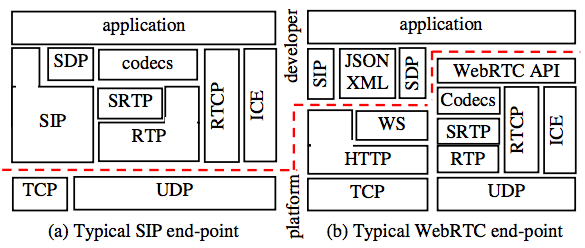WebRTC vs. RTP: Decodificación de opciones de comunicación en tiempo real

WebRTC y RTP son protocolos de comunicación en tiempo real. WebRTC se utiliza para conexiones peer-to-peer, mientras que RTP se utiliza para la transmisión multimedia. WebRTC, abreviatura de Comunicación Web en Tiempo Real (Web Real-Time Communication), permite la comunicación directa peer-to-peer en navegadores web y aplicaciones móviles. Es compatible con…

